Over the years I have run across a number of Australian Operations Research and Historical Analysis efforts. Overall, I have been impressed with what I have seen. Below is one of their papers written by Nigel Perry. He is not otherwise known to me. It is dated December 2011: Applications of Historical Analyses in Combat Modeling
It does address the value of Lanchester equations in force-on-force combat models, which in my mind is already a settled argument (see: Lanchester Equations Have Been Weighed). His is the latest argument that I gather reinforces this point.
The author of this paper references the work of Robert Helmbold and Dean Hartley (see page 14). He does favorably reference the work of Trevor Dupuy but does not seem to be completely aware of the extent or full nature of it (pages 14, 16, 17, 24 and 53). He does not seem to aware that the work of Helmbold and Hartley was both built from a database that was created by Trevor Dupuy’s companies HERO & DMSI. Without Dupuy, Helmbold and Hartley would not have had data to work from.
Specifically, Helmbold was using the Chase database, which was programmed by the government from the original paper version provided by Dupuy. I think it consisted of 597-599 battles (working from memory here). It also included a number of coding errors when they programmed it and did not include the battle narratives. Hartley had Oakridge National Laboratories purchase a computerized copy from Dupuy of what was now called the Land Warfare Data Base (LWDB). It consisted of 603 or 605 engagements (and did not have the coding errors but still did not include the narratives). As such, they both worked from almost the same databases.
Dr. Perrty does take a copy of Hartley’s database and expands it to create more engagements. He says he expanded it from 750 battles (except the database we sold to Harley had 603 or 605 cases) to around 1600. It was estimated in the 1980s by Curt Johnson (Director and VP of HERO) to take three man-days to create a battle. If this estimate is valid (actually I think it is low), then to get to 1600 engagements the Australian researchers either invested something like 10 man-years of research, or relied heavily on secondary sources without any systematic research, or only partly developed each engagement (for example, only who won and lost). I suspect the latter.
Dr. Perry shows on page 25:
Data-segment……..Start…….End……Number of……Attacker…….Defender
Epoch…………………Year…….Year……..Battles………Victories……Victories
Ancient………………- 490…….1598………….63………………36……………..27
17th Century……….1600…….1692………….93………………67……………..26
18th Century……….1700…….1798………..147…………….100……………..47
Revolution…………..1792……1800…………238…………….168…………….70
Empire……………….1805……1815…………327……………..203…………..124
ACW………………….1861……1865…………143……………….75…………….68
19th Century……….1803…….1905…………126……………….81…………….45
WWI………………….1914…….1918…………129……………….83…………….46
WWII…………………1920…….1945…………233……………..165…………….68
Korea………………..1950…….1950…………..20……………….20………………0
Post WWII………….1950……..2008…………118……………….86…………….32
We, of course, did something very similar. We took the Land Warfare Data Base (the 605 engagement version), expanded in considerably with WWII and post-WWII data, proofed and revised a number of engagements using more primarily source data, divided it into levels of combat (army-level, division-level, battalion-level, company-level) and conducted analysis with the 1280 or so engagements we had. This was a much more powerful and better organized tool. We also looked at winner and loser, but used the 605 engagement version (as we did the analysis in 1996). An example of this, from pages 16 and 17 of my manuscript for War by Numbers shows:
Attacker Won:
Force Ratio Force Ratio Percent Attack Wins:
Greater than or less than Force Ratio Greater Than
equal to 1-to-1 1-to1 or equal to 1-to-1
1600-1699 16 18 47%
1700-1799 25 16 61%
1800-1899 47 17 73%
1900-1920 69 13 84%
1937-1945 104 8 93%
1967-1973 17 17 50%
Total 278 89 76%
Defender Won:
Force Ratio Force Ratio Percent Defense Wins:
Greater than or less than Force Ratio Greater Than
equal to 1-to-1 1-to1 or equal to 1-to-1
1600-1699 7 6 54%
1700-1799 11 13 46%
1800-1899 38 20 66%
1900-1920 30 13 70%
1937-1945 33 10 77%
1967-1973 11 5 69%
Total 130 67 66%
Anyhow, from there (pages 26-59) the report heads into an extended discussion of the analysis done by Helmbold and Hartley (which I am not that enamored with). My book heads in a different direction: War by Numbers III (Table of Contents)

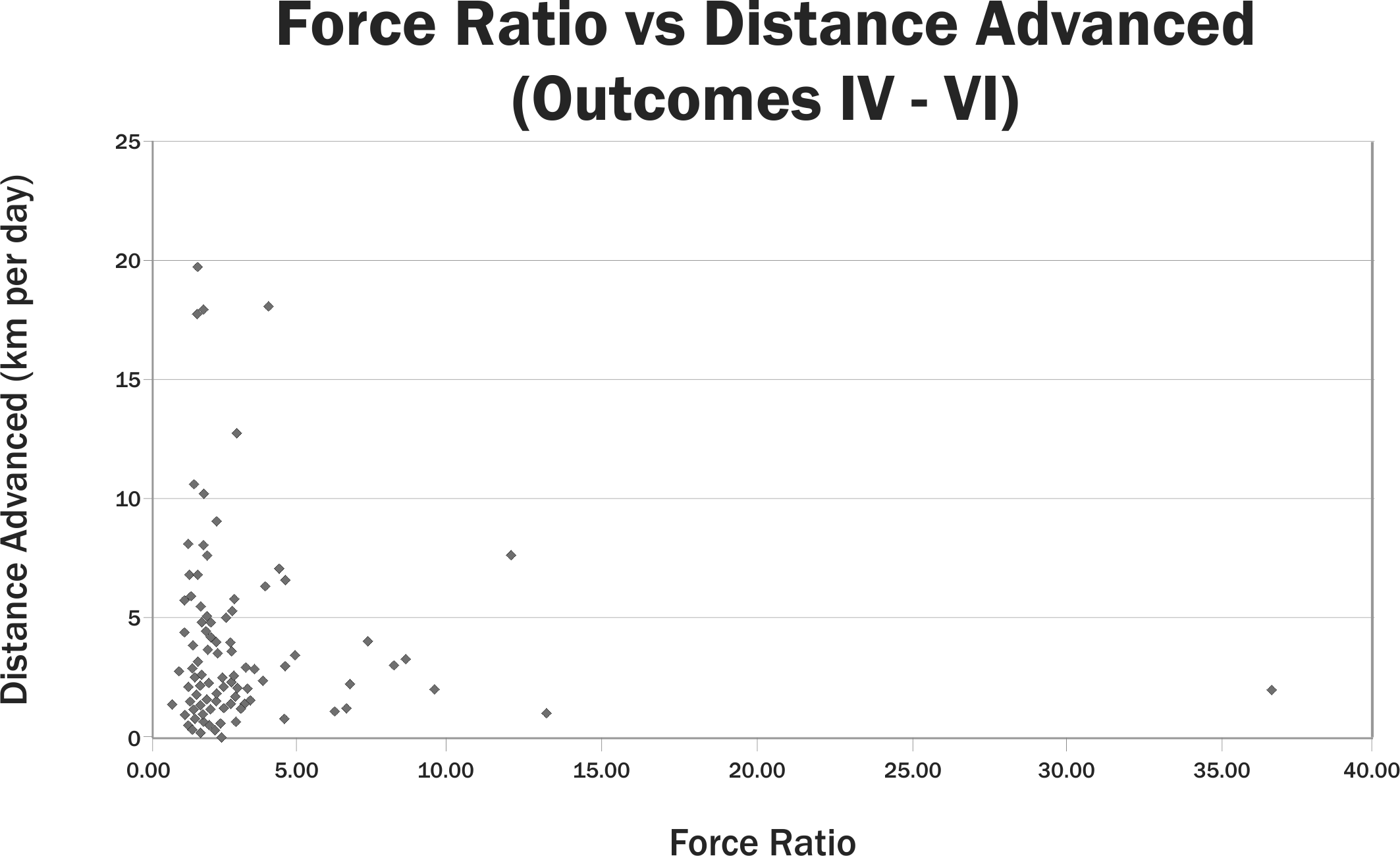
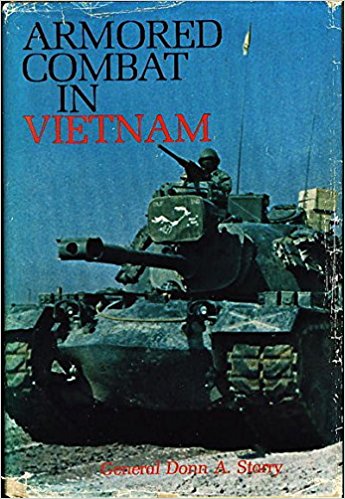

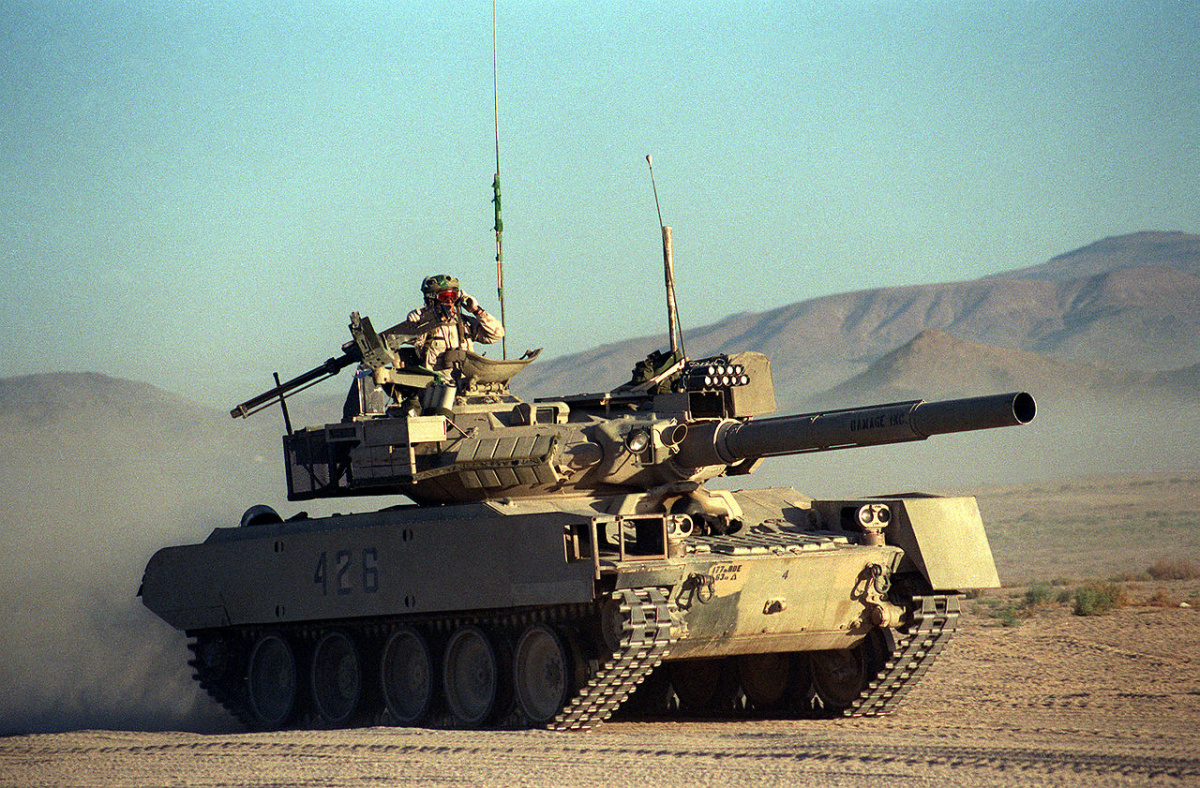
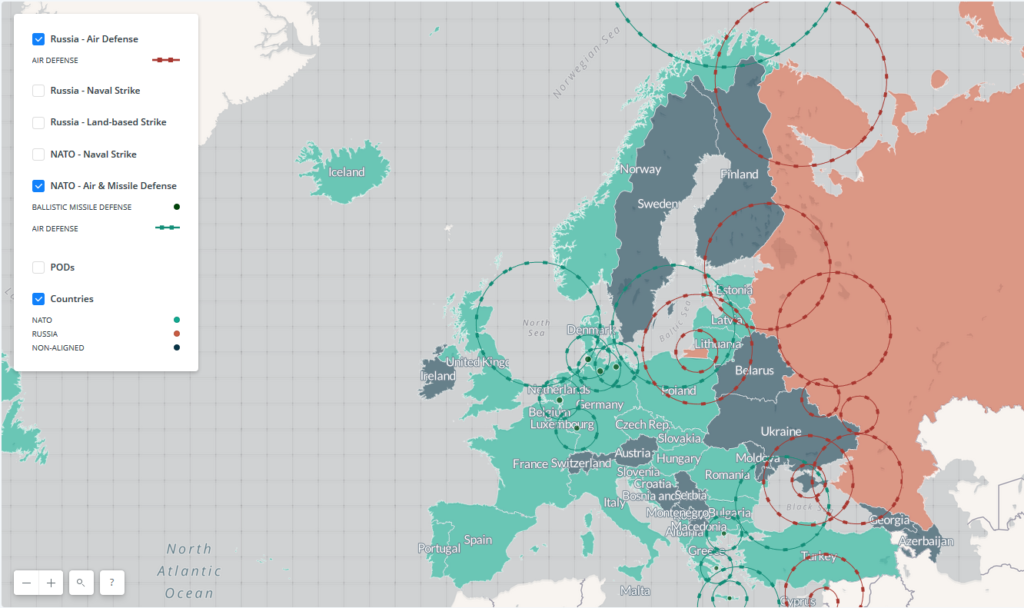
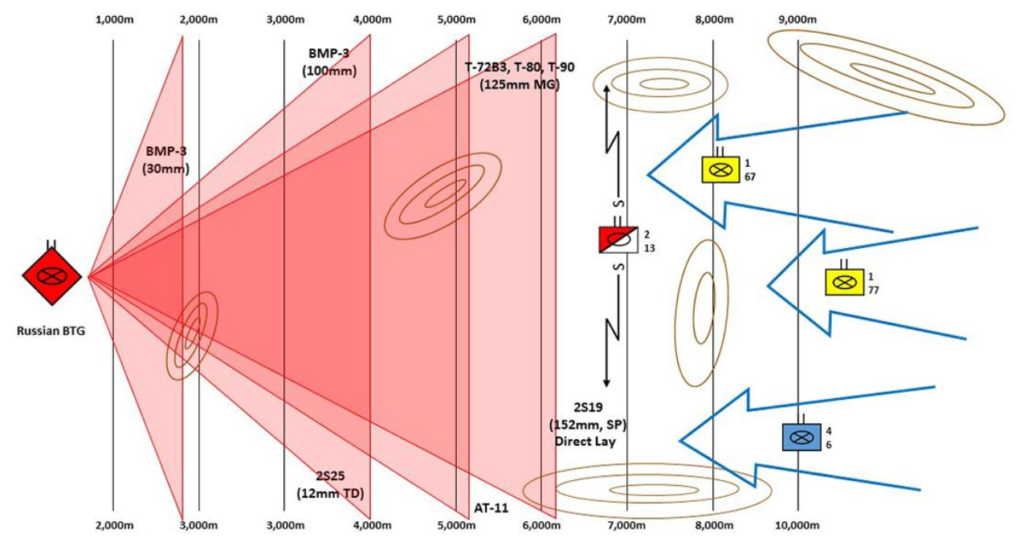 U.S. Army Major Amos Fox, currently a student at the U.S. Army Command and General Staff College, has produced
U.S. Army Major Amos Fox, currently a student at the U.S. Army Command and General Staff College, has produced